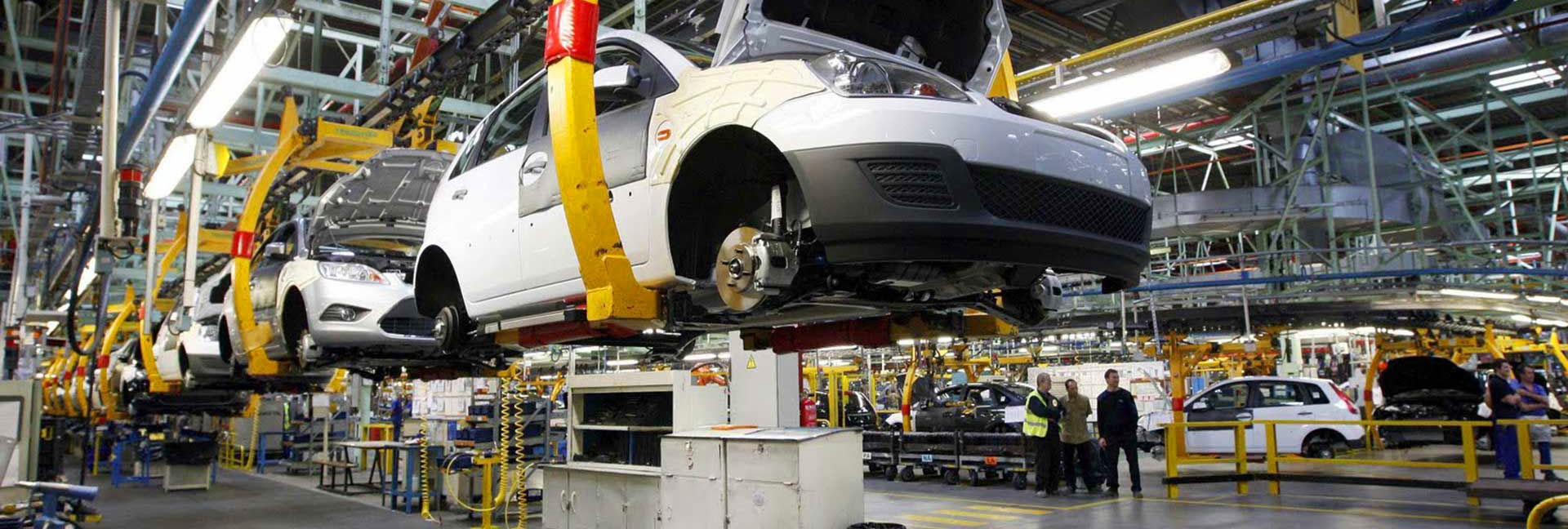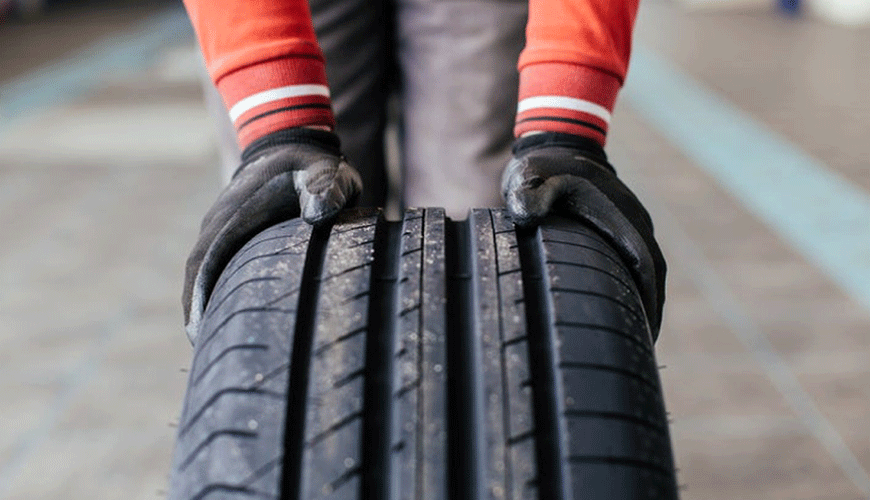

This SAE Recommended Practice applies to pneumatic Passenger Car "P" Type, Light Truck Metric and Light Truck High Buoyancy tires or similar tires approved by organizations other than the Tire & Rim Association. The methodology applies to speeds between 115 km/h and 15 km/h (71 mph and 9 mph) within the normal operating ranges of vertical load and inflation pressure, and during a relatively short-term event such as deceleration. This procedure is only applicable to operation in free-roll mode at ambient temperatures between 20°C and 28°C (68°F and 82°F) and at zero slip and camber angle for 1,2 m (48 inch) diameter surfaces.

SAE J2452 measures the reaction forces on the tire shaft and converts it into rolling resistance. The main advantage of this method is that the only parasitic losses in the measurement are the tire shaft bearing losses and the aerodynamic losses associated with the rotation of the tire and wheel. The main disadvantage is that the measured shaft force can contain large errors due to load misalignment and crosstalk from the load-shaft force interaction. These effects need to be eliminated or compensated. A minor drawback is that the loaded radius of the tire must be measured to convert the spindle force to rolling resistance.
SAE J2452 Torque Method
It measures the torque input to the test machine and converts it into rolling resistance. The advantage of this method is that the measurement is direct: the rolling resistance is the net torque divided by the radius of the test surface. The main disadvantage is that the parasitic losses involved in the measurement include the tire spindle losses as well as the rotational test wheel losses. Therefore, the parasitic losses are greater than in the force method and can be of the same magnitude as the rolling resistance itself. Accurate measurement and compensation are required for these losses. Speed search oscillation in the drive motor can also cause large measurement errors due to the high moment of inertia of the test surface.
EUROLAB laboratory, with its professional engineer staff, provides the best service to you, our suppliers and manufacturers, with 2452 years of experience, within the scope of the SAE J25 test standard for gradual deceleration methodology to measure tire rolling resistance.
To get an appointment, to get more detailed information or to request an evaluation, you can ask us to fill in our form and reach you.